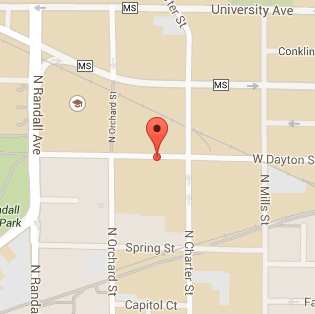The 40Ar/39Ar variant of 40K-40Ar dating relies on creating some 39Ar in each sample by bombarding it with fast neutrons in a nuclear reactor (see figures below). The 39Ar serves as a proxy for the 40K parent isotope; this works because the 39K:40K ratio is constant in Earth. The 39Ar atoms are created when these neutrons are absorbed by 39K atoms and the nuclear reaction: 39K(n,p)39Ar occurs. To gauge the efficiency of the 39K(n,p)39Ar reaction, samples are co-irradiated in the fast neutron fluence with standard minerals whose age is known independently. Once the samples are returned from the reactor, we measure the isotopic composition of the argon, obtain the 40Ar/39Ar ratio and solve the age equation as outlined below. The neutron fluence efficiency parameter J is obtained by measuring the 40Ar/39Ar ratio of the standard crystals and solving the age equation for J. With this J value, one may then solve for the age t of the co-irradiated samples.
The PowerPoint slides here take you step-by-step through the process of packaging your samples for an irradiation:
- Packaging samples for irradiation [PowerPoint]

![[UW-Madison Crest]](https://geochronology.geoscience.wisc.edu/wp-content/themes/uw-wiscar2015/library/images/uw-crest.png)
![[WiscAr Logo]](https://geochronology.geoscience.wisc.edu/wp-content/themes/uw-wiscar2015/library/images/wiscar-logo.png)
